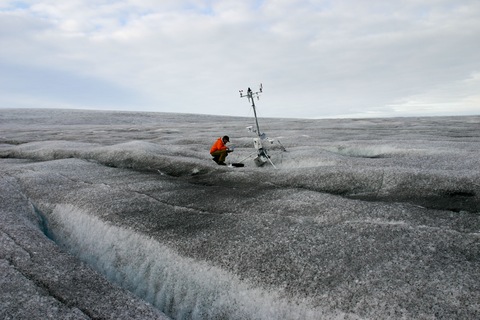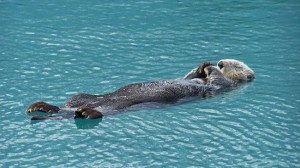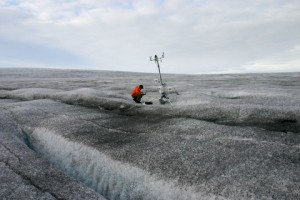September 17, 2014 – Recent reports on areas north of 60 degrees latitude point to rapid climate change in this region of the planet. What’s happening?
- Distemper virus is devastating Northern Pacific sea otter and seal populations, a disease confined to the Atlantic Ocean before.
- Lung worm has migrated north to infect muskoxen in the Canadian Northwest Territories.
- Avian cholera has appeared in the Bering Sea and in areas off Alaska for the first time.
- Tularemia spread by mosquitoes has migrated to Sweden where cases are appearing for the first time.
- Cases of tick-borne encephalitis, never seen before in the high Arctic, have been reported near Archangelsk in Russia.
These observations are about disease migration and reflect similar changes happening further south where malaria, Dengue fever, and other tropical diseases are finding new homes in more temperate mid-latitude and sub-tropical climes.
Why are diseases migrating across the Arctic from one polar sea to another? Because of sea ice melt opening the opportunity for them to spread. For Arctic fauna there is little we can do to stop such significant alterations in nature’s balance. For the sea otters of the Northern Pacific it has meant a 70% decline in population in one decade. Who knows if the sea otter will survive with no natural immunity to the virus responsible for the disease.
One of the rapid climate change observations is an increase in outbreaks of fire in northern boreal forests resulting from insect infestations, like the Mountain Pine Beetle, killing hundreds of thousands of hectares of pristine forest. The combination of pine beetle and changing precipitation patterns in the last two summers has had a curious side affect. The airborne carbon matter from burning trees has found a home on the surface of sea ice and glaciers. This is altering the albedo effect because the ice is no longer as reflective and now absorbs the light converting its energy to heat.
With Greenland’s ice cap progressively greying from soot as well as anthropogenic sources like factories and ships, we are witnessing a change in the seasonal cycle of Arctic freezes and melts. In the Proceedings of the National Academy of Sciences, a recent study reported that the carbon from wildfires has produced surface melting in Greenland in one year equal to all of the melting observed since records were kept. So not only are we seeing a heating of the Arctic we are also witnessing its greying which is accelerating glacial melt. To learn more about the research being done on Greenland’s accelerating melting watch this Youtube video.
So what about the other side of the planet? Are we seeing similar changes in Antarctica? The isolation of the southern continent completely surrounded by a continuous band of southern ocean is in some respects protected from experiencing the same impacts as we are observing in the Arctic. But even so Antarctica’s continental ice mass is shrinking at a rate of about 152 cubic kilometers (36 cubic miles) annually. Greenland’s rate of melt comparatively is greater at 150 to 250 cubic kilometers (35 to 60 cubic miles) annually. And the albedo effect from darkening snow may be a significant contributing factor.
All in all the picture in the Arctic is one of more rapid climate change and scientists cannot anticipate the nature of and when the next climate bomb will happen. But based on the last few decades, change will happen faster than any scientist anticipated.















